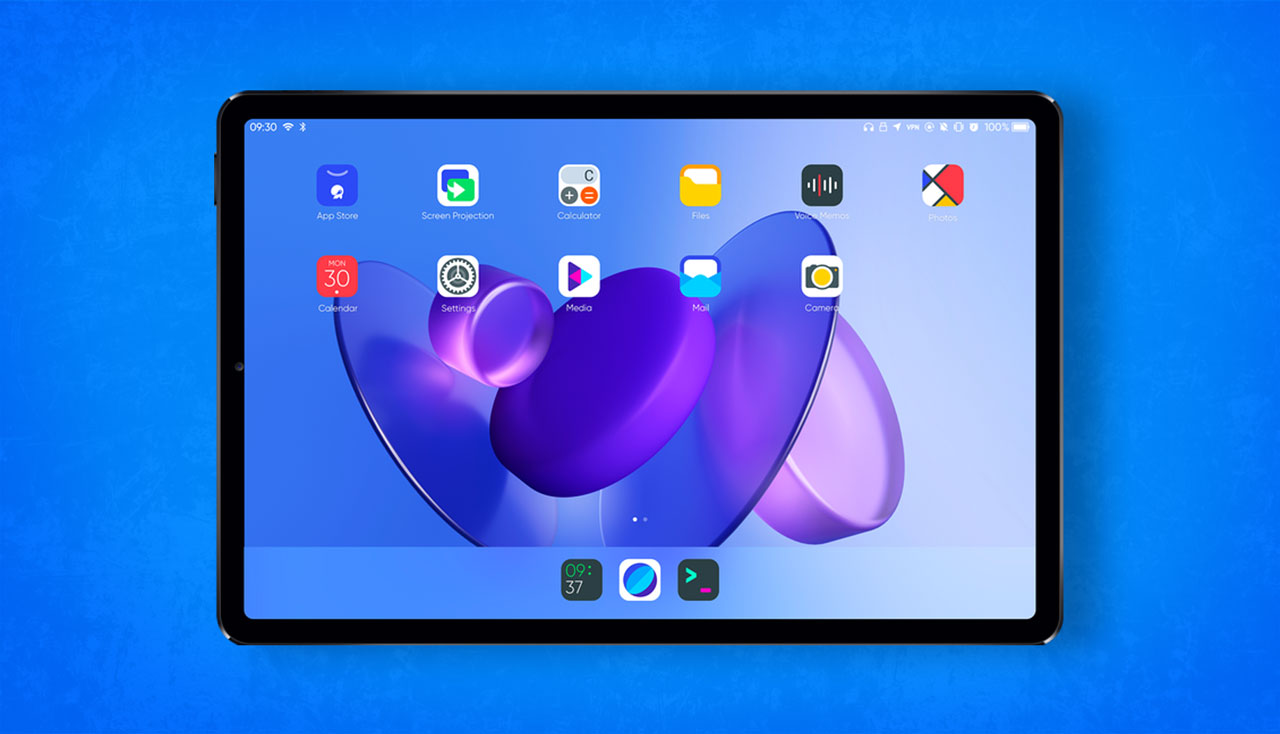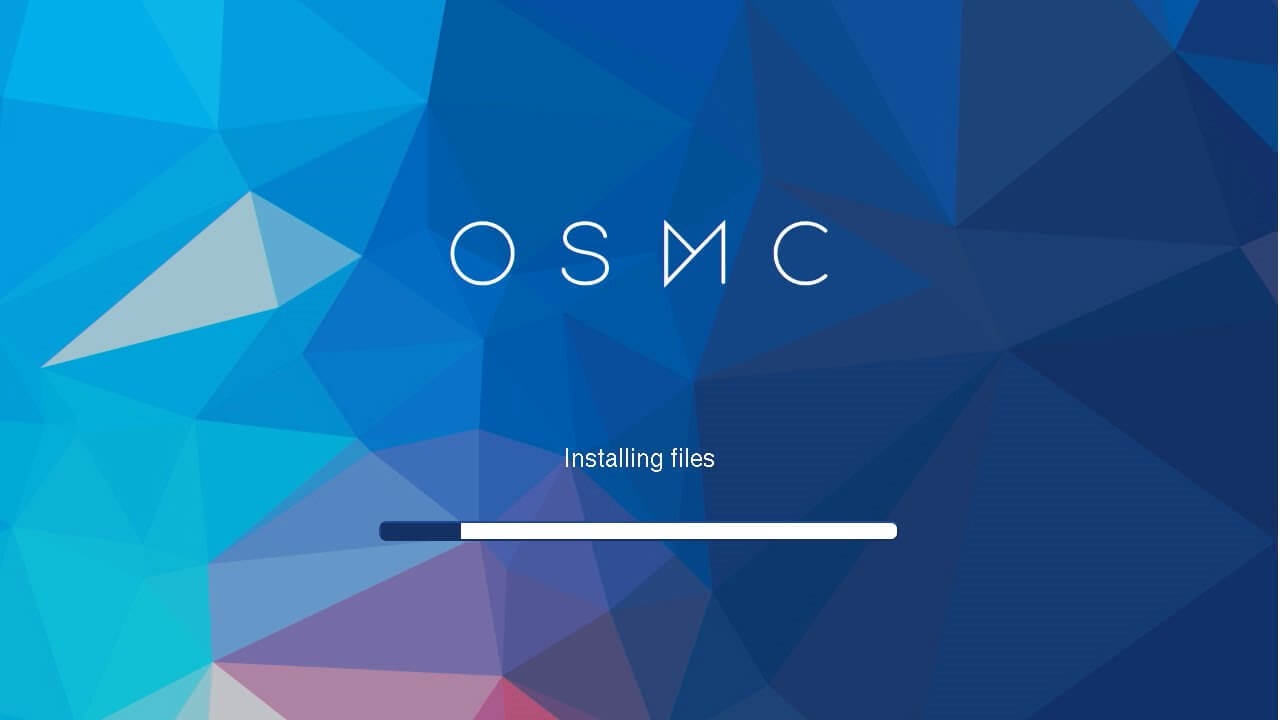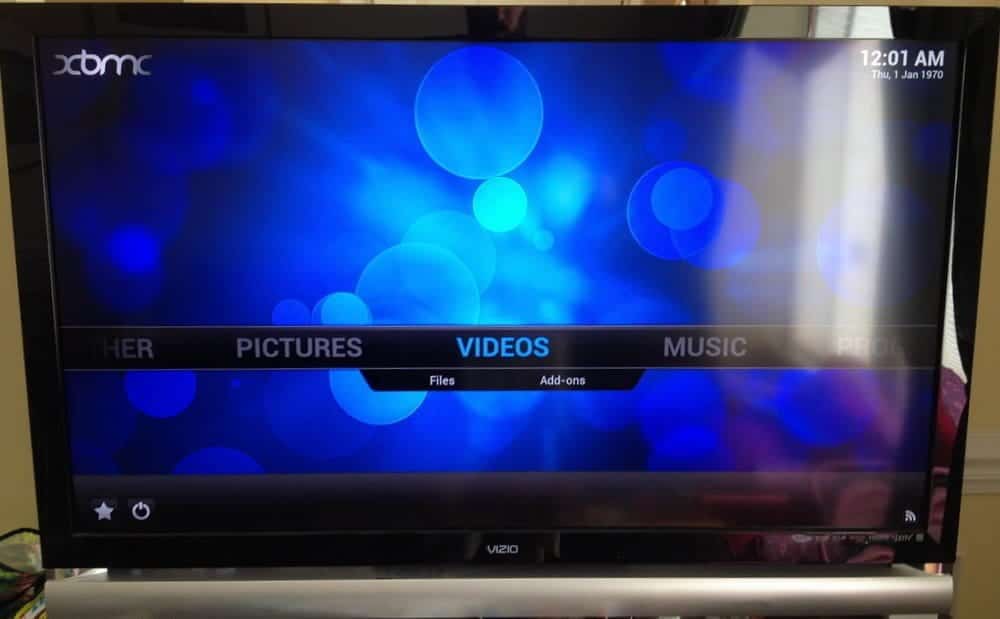

- #Would unbuntu make a good media center os how to
- #Would unbuntu make a good media center os install
- #Would unbuntu make a good media center os android
- #Would unbuntu make a good media center os Pc
I've actually taught a few employees basic things like how to access msconfig and how to tell what components are inside of the machine. Most of the time, I just start doing what I need to do and nobody bothers me or even looks twice. The employees won't understand what you're doing, so don't bother asking them for assistance. You can create a local running instance of the applications you need so that they execute directly from the USB. You're most likely better off going to your local electronics store (or library), downloading the ISO, and dd it to your USB drive from there. I'm sure there are articles on Ask Ubuntu and the Arch Linux Wiki that explain this in greater detail. Grub will still boot and you'll have to edit the EFI table so that only Linux shows up instead of looking for a missing Windows Boot Loader. I can use GParted (a Linux GUI for GNU parted) to modify and edit any required partitions. Which means that sda1, sda3, and sda4 are my Windows partitions. , /boot/efi, and are all Linux partitions. Windows is now gone and you have a Linux partition available to you where Windows once was. Using lsblk and mount can help to determine the drives and partition tables.ĭelete those partitions and then create a new filesystem (ext4 is probably a good choice). If you have a working Ubuntu partition on your machine, boot into Ubuntu, and unmount any partitions related to Windows. This takes some time though and won't immediately help you.

The Linux Documentation Project website can help you out there. I highly suggest reading some type of book on bash which is the most commonly used TTY aside from ksh and sh. Lsblk - view partition information - this was recently added in past years (and is a god send IMHO). Mount - mount a filesystem (mount on its own will print similar info)įdisk - manipulate disk partition table (fdisk -l will list local partitions according to the device) Your most common operations for listing device information is: uname - print system information (lets you know your kernel version and os name)ĭf - report file system disk space usage (df -h prints human readable info) Google uses the Linux kernel as the base of the OS, but it won't function the way a normal GNU/Linux OS will typically function.*
#Would unbuntu make a good media center os android
Android handles this differently because it doesn't use a GNU OS. To view your mount points, mount paths, and partitions. You'll have to know your Linux stuff to get through the rest. There are plenty of online resources (tutorials) that can walk you through each process. You just have to be creative and resourceful enough to pull it off. *There are a bunch of methods you could use to resolve your issue. The app DriveDroid is available on Google Play with searching or this link:
#Would unbuntu make a good media center os install
If you followed 6, open the Install Ubuntu app on desktop and follow instructions on screen Note: While installing Ubuntu, you may want to remove the physical USB (so that you don't accidentally install on it)

#Would unbuntu make a good media center os Pc


 0 kommentar(er)
0 kommentar(er)
